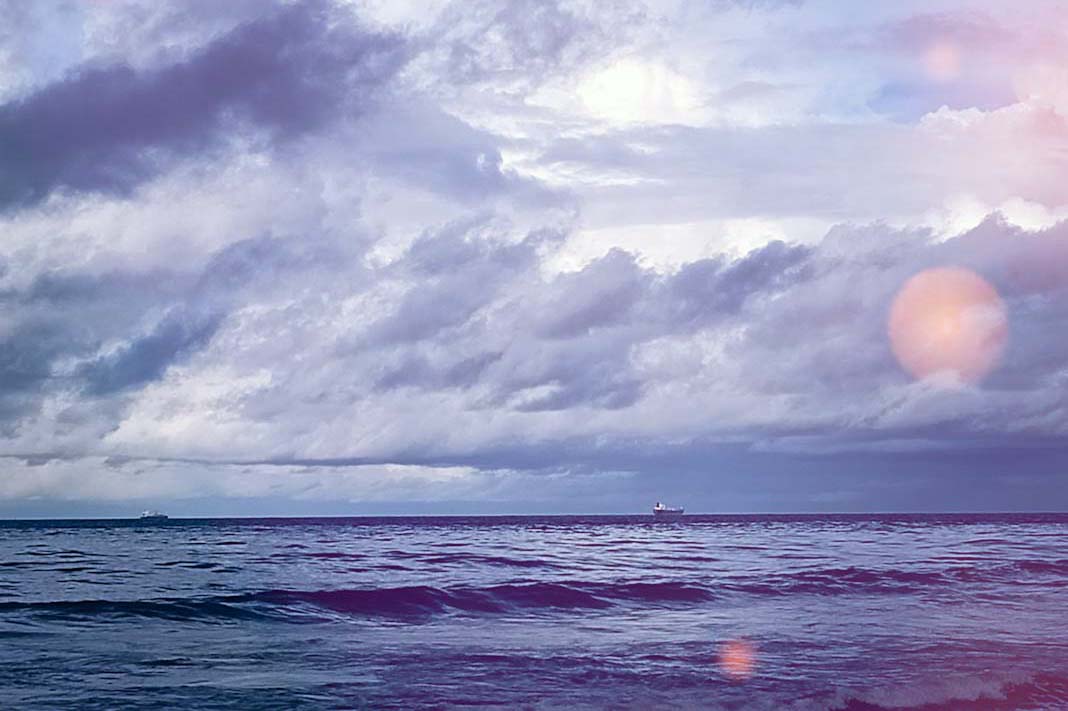As dawn broke over the Indian Ocean, the Port of Dar es Salaam awoke to a flurry of activity. Freighters glowed golden in the early light as seagulls cried overhead, and towering cranes stood sentinel above a labyrinth of shipping containers. Onshore, a well-coordinated ballet of labor began: stevedores efficiently unloaded cargo, forklifts skillfully navigated tight spaces, and customs officers meticulously reviewed manifests, all beneath the gentle sway of the Tanzanian flag.
Reshaping The Future
At first glance, this bustling East African port presents a familiar picture of industrial might, characterized by roaring diesel engines and the clatter of shifting metal. However, beneath this surface, a quiet yet profound revolution is unfolding, poised to reshape the future of our oceans.
On a humid Tuesday morning, ship engineer Abdul Mshindo, 43, meticulously checks the ballast discharge valves aboard the Panamanian-flagged container vessel MV Nyota, which arrived the previous night from Mumbai. Unlike traditional methods, today’s process is governed by a new set of digital protocols. Before releasing any ballast water—essential for ship stability—Mshindo must consult a real-time database that meticulously cross-checks the water’s origin, salinity, and microbial load.
“This tank was filled near the Port of Jawaharlal Nehru,” Mshindo explains, tapping on a waterproof tablet. “We run it through a UV sterilizer now—no chemicals. It kills invasive organisms without damaging the marine life here.”
Just five years ago, the casual discharge of untreated ballast water into Dar es Salaam’s harbor was a routine act with dangerous consequences. Alien plankton, jellyfish, and even mollusks from distant waters frequently survived the journey, unleashing invasive species into delicate local ecosystems. Marine biologist Neema Mwenda, who has studied the bay for over a decade, recalls, “We saw strange algae blooms offshore and declines in local shellfish. At first, we thought it was runoff. But it was ballast water—like a microscopic Trojan horse.”
Turning Point
Simon Doran, Chair of the Global Industry Alliance for Marine Biosafety, acknowledges the historical “villain” perception of the maritime industry but sees a significant turning point, advocating for shipping to become the “good guy” in environmental protection.
Shipping’s Environmental Progress and Ambition: Doran highlights shipping’s relatively low contribution to global greenhouse gas (GHG) emissions, stating, “Shipping contributes only 3 per cent of global greenhouse gas emissions—and we are on track to reduce that further.” He believes that with IMO incentives and decarbonization goals, the shipping sector is poised to achieve net-zero emissions, suggesting that “It would be good if other industries followed our lead.”
He celebrates the ballast water regulations as a “tipping point,” demonstrating that the industry can align with environmental responsibility when guided by clear policy and sound science. Doran views this as the initial step, anticipating “stronger policies and broader adoption of sustainable practices” in the future.
Challenges and the Role of Partnerships: Despite these ambitions, the industry faces considerable headwinds. Doran identifies “regulatory uncertainty and high commercial costs” as the two biggest barriers. To overcome these, he stresses the importance of partnerships like the Global Industry Alliance, which convenes businesses from coating firms to shipping operators to share solutions and advocate for standards that make sustainability commercially viable.
Bridging the Global Divide: IMO’s Inclusive Approach: For the International Maritime Organization (IMO), ensuring that developing nations are not left behind in this green transition is a core priority. Gyorgyi Gurban, Head of Project Implementation at IMO, views this not just as a challenge but as a profound opportunity.
Gurban asserts, “We are not just regulators; we are partners in implementation,” highlighting the IMO’s growing portfolios of ocean-related projects in areas such as ship recycling, greenhouse gas emissions, and marine litter.
Did you subscribe to our daily Newsletter?
It’s Free Click here to Subscribe!
Source: Down To Earth

















